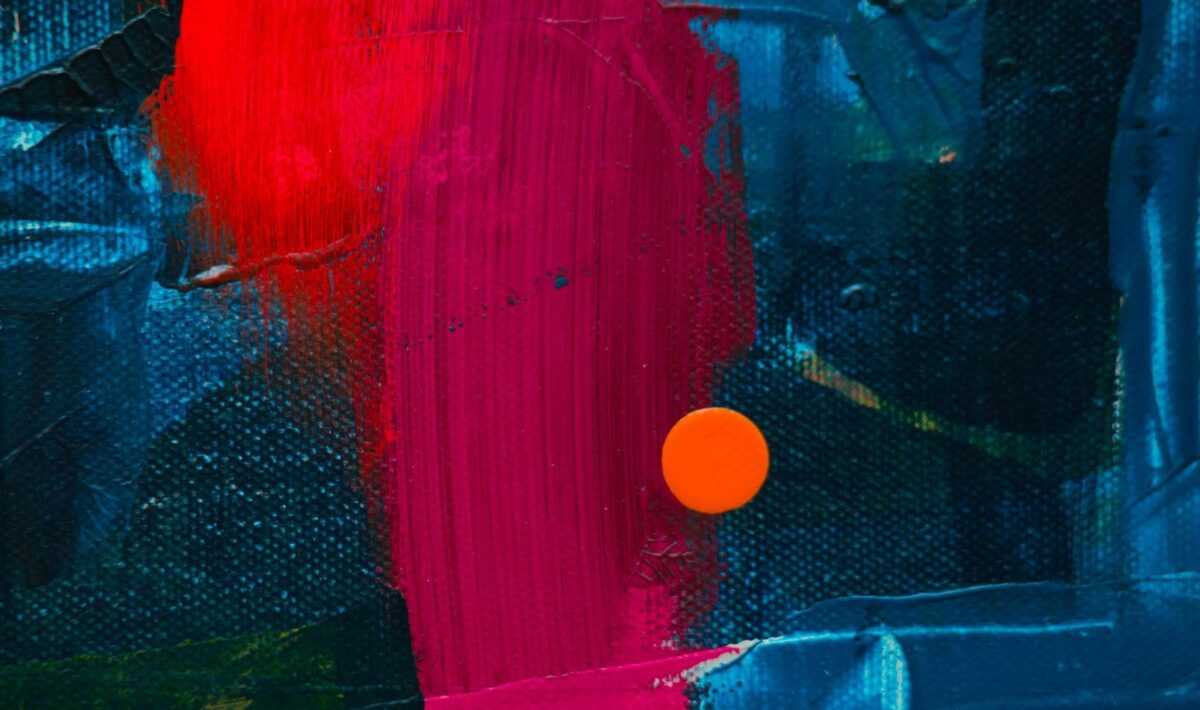Street art has long been celebrated for its raw, expressive energy and its ability to convey powerful social messages in public spaces. Meanwhile, fine art traditionally occupies a more curated and controlled environment, seen in galleries and museums. But now, with the integration of artificial intelligence (AI), the boundaries between street art and fine art are beginning to blur, leading to a new era of artistic expression. Art Stage Singapore, a platform dedicated to promoting and showcasing contemporary art, is exploring how AI in street art evolution is transforming the way we perceive and create art.
AI in Street Art Evolution: A Fusion of Technology and Creativity
The fusion of AI with street art is revolutionizing the way artists approach their craft. AI in street art evolution is introducing new techniques and possibilities that were previously unimaginable. Traditionally, street art has been a spontaneous and temporary form of expression. However, with the introduction of AI, artists are now able to create more intricate, interactive, and enduring works. AI can analyze existing street art, suggest new design elements, and even predict trends in urban art styles, helping artists stay ahead of the curve.
Artists are using AI-powered tools to enhance their creative process, from generating complex patterns to visualizing the impact of their art in different urban spaces. This technological leap is not only pushing the boundaries of creativity but also opening up new conversations about the relationship between art, technology, and society.
Enhancing Street Art with AI Technology
AI technology has the potential to bring street art to life in ways that traditional tools cannot. Enhancing street art with AI technology allows artists to combine their intuitive creativity with data-driven insights, resulting in innovative and often interactive art installations. For instance, AI can analyze a city’s cultural and historical landscape, enabling artists to create pieces that resonate with the local community while making broader global connections.
One example of this enhancement is the use of AI to create augmented reality (AR) layers over street art, allowing viewers to experience multiple dimensions of a mural or graffiti piece. As people view these AI-enhanced works through their smartphones, they can see animations, audio elements, and even interactive features that transform the static artwork into a dynamic visual narrative. By bridging the gap between the physical and the digital world, AI allows street art to evolve in exciting, immersive directions.
In Singapore, known for its blend of modern architecture and rich cultural history, this combination of AI and street art has the potential to redefine public spaces. By incorporating AI technology into urban art projects, artists are not only preserving the ephemeral nature of street art but also ensuring that it continues to evolve as a powerful medium for social commentary.
AI Analyzing Street Art: Understanding Patterns, Messages, and Impact
One of the most fascinating aspects of AI in art is its ability to analyze and interpret. AI analyzing street art provides valuable insights into the patterns, themes, and social messages embedded in these works. Through machine learning algorithms, AI can decode the complex visual language of street art, identifying recurring motifs, artistic influences, and even the socio-political context behind certain pieces. This analysis not only helps art historians and critics better understand the evolution of street art but also enables artists to reflect on their own work in new ways.
For example, AI tools can scan and interpret vast collections of street art from around the world, categorizing them based on themes like activism, urban identity, or environmental issues. By analyzing how different artists tackle these themes across various cities, AI provides a global perspective on the impact of street art, offering insights into how art shapes and reflects public consciousness.
Moreover, AI tools can help artists track the reception of their work in real-time. By analyzing social media posts, public reactions, and engagement levels, AI can offer artists feedback on how their pieces resonate with audiences, enabling them to refine their artistic messages for greater impact.
AI Quiz Answers: Expanding the Scope of Learning in Art
As AI continues to play a significant role in the art world, it also serves as a powerful educational tool. AI quizzes are helping students and art enthusiasts alike learn more about different art movements, techniques, and artists. For those looking to deepen their understanding of street art or fine art, interactive tools that offer AI quiz answers are invaluable in testing knowledge and providing instant feedback.
To explore some of the best AI-powered quizzes that enhance the learning process, check out AI quiz answers, where you can find resources tailored for art enthusiasts. These tools not only make learning more engaging but also deepen one’s appreciation for the evolving relationship between technology and art.

